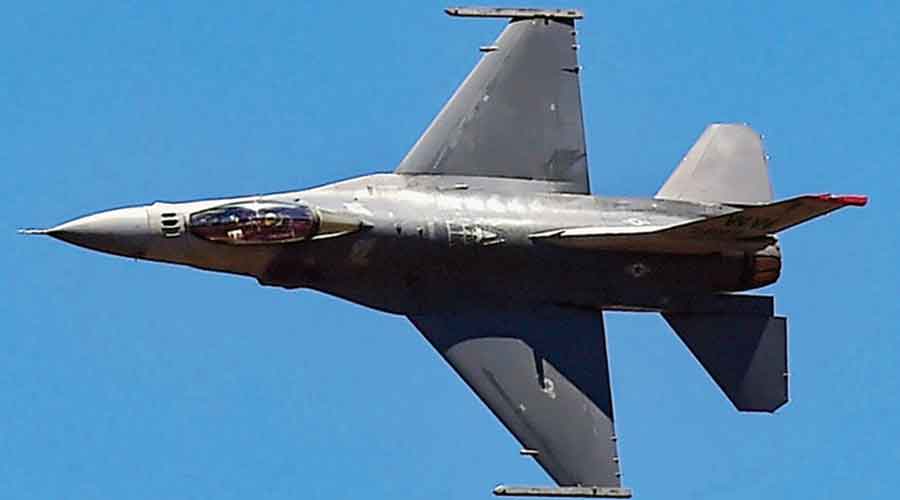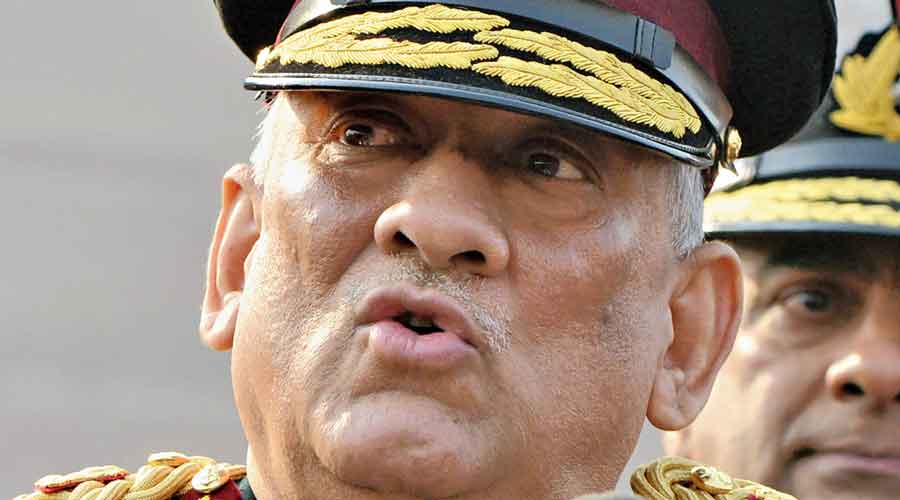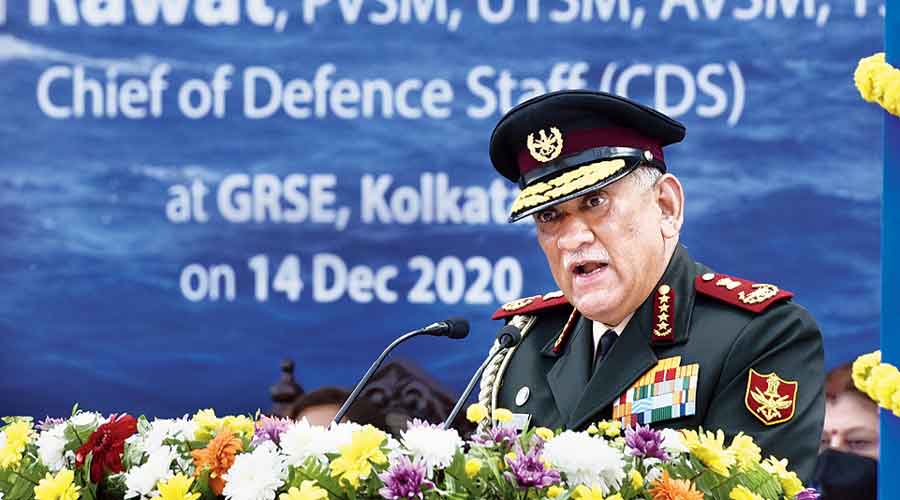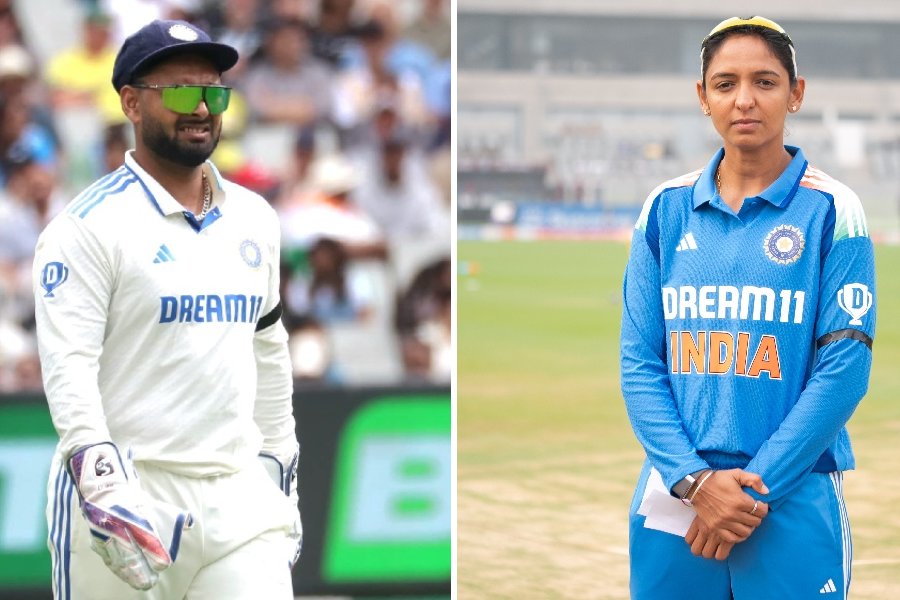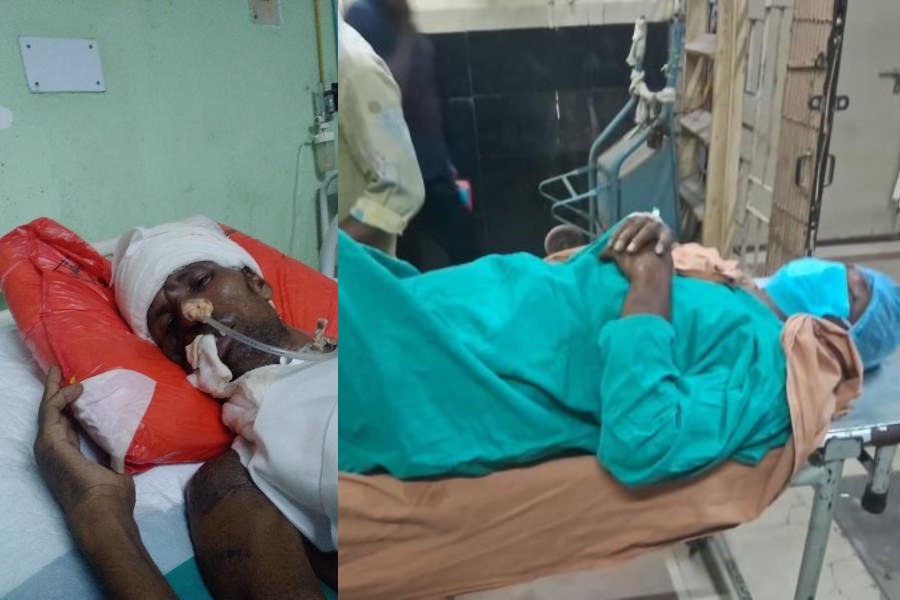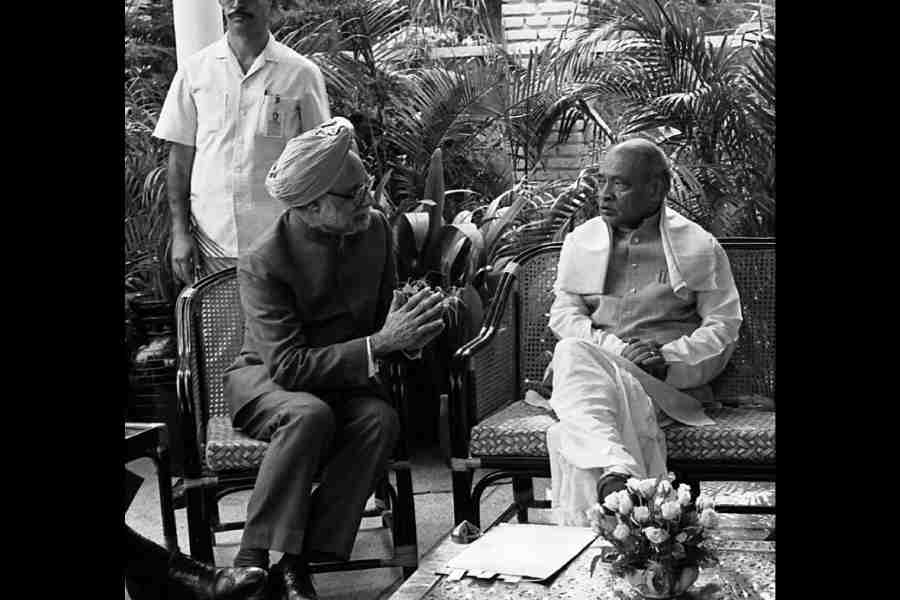The Indian Air Force (IAF) is said to have again opposed the creation of the proposed theatre commands of the armed forces during a meeting held at the defence ministry last week, sources said on Monday.
The Narendra Modi government had earlier asked the three services chiefs to discuss the issue, iron out differences and arrive at a consensus in the wake of the IAF’s apprehensions about the planned theaterisation.
“Indian Air Force continues to oppose the proposed integrated theatre commands of the armed forces and once again put its foot down during a meeting last week to resolve the differences,” said a defence ministry official.
The government, he said, has formed an expert committee to carry out consultations with the three services to decide the way forward on the theaterisation of the military and bring them on the same page over the issue.
The air force is said to have reservations about unified commands because of its limited resources compared with the army’s. The IAF does not want to split its assets, which are fewer than the army’s. Besides, the IAF is said to have issues over who would lead the particular theatres and has contended that the nature of its operations is so fluid that all of India is one theatre for it.
In July, the chief of defence staff Bipin Rawat had courted controversy by calling the Indian Air Force a “supporting arm” in the planned integrated theatre commands of the three armed forces. His statement had led to acrimony at the higher echelons of the military leadership as Air Chief Marshal R.K.S. Bhadauria disagreed with Rawat and said “airpower has a huge role”.
Theaterisation means putting specific numbers of personnel from each of the three services — the army, the navy and the air force — under a common commander for a unified military approach through a rationalisation of manpower and resources.
Sources say the plan is to have five theatre commands. Each will have units of the army, navy and the air force and all of them will work as a single entity looking after specified geographical territories under an operational commander.
Now, the three armed forces have 19 commands, each assigned exclusively to one among the three forces.

